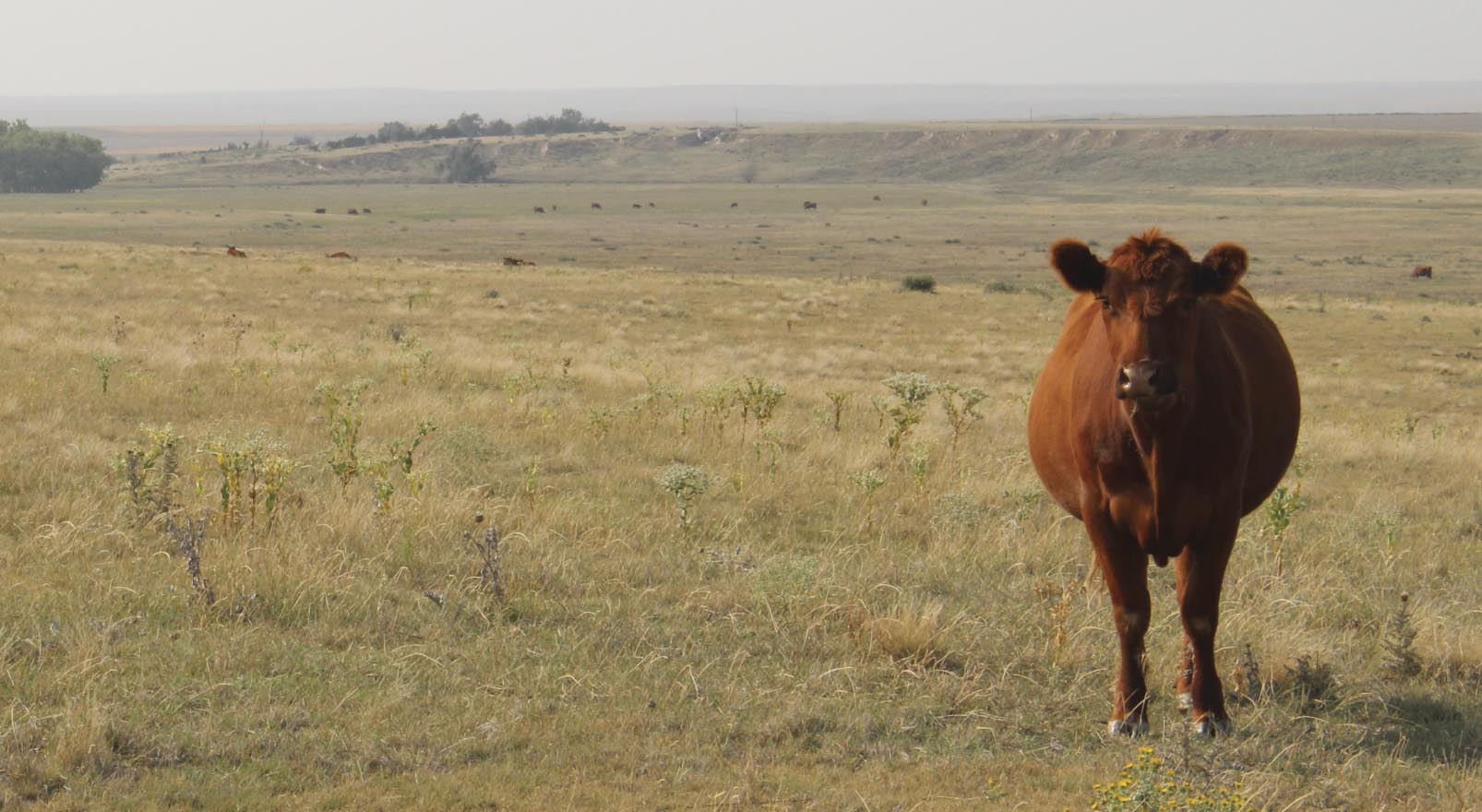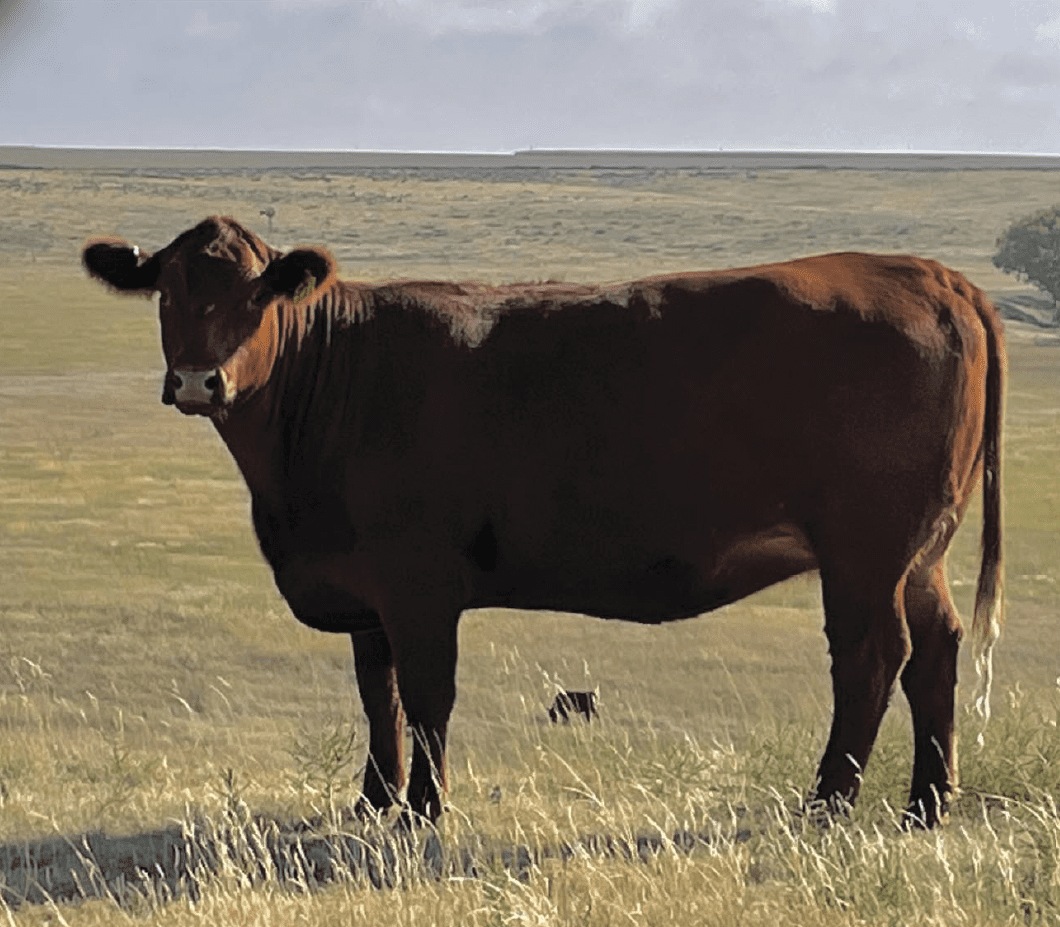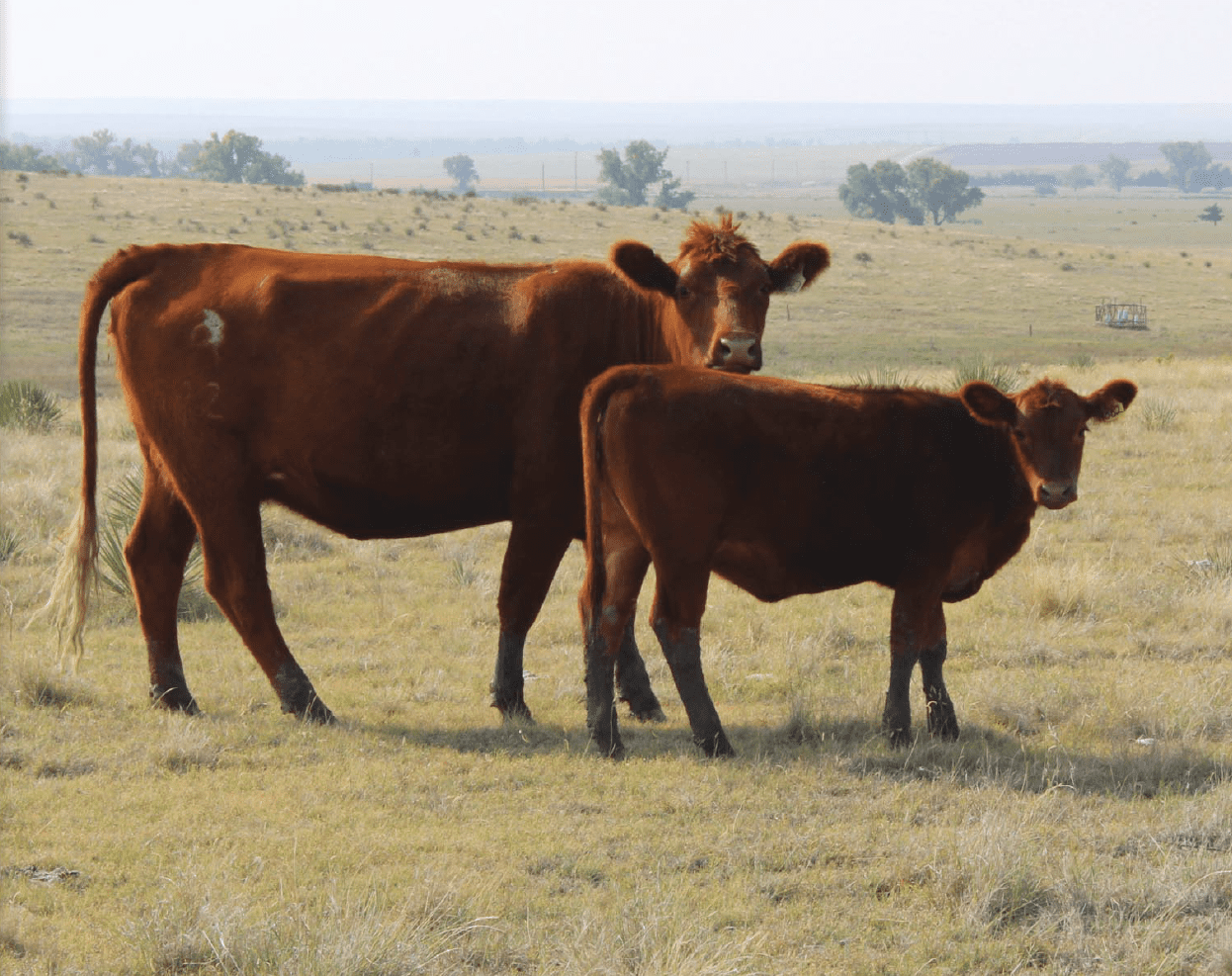

When we generally think about fall activities in the cattle industry, weaning calves (in spring herds) immediately comes to mind.
The process of removing the calves from the cows and successfully moving them on to the next phase of the production cycle is an important task.
Proper planning and techniques can help to improve and produce calf crops that backgrounders and feedyards strive to fill their pens with.
However, this time of the year and the weaning process is just as important, if not more so, for the cow herd.
In the time between weaning the calf and the arrival of the next offspring, the cow herd will have to endure the colder winter months while continuing to replenish body stores and maintain pregnancy.
Keeping on top of cow herd management during this time period will pay dividends later on down road with overall productivity of the cows and longevity in the herd.

The primary benefits of timely weaning and proper nutritional management can be seen in multiple stages of the breeding/production cycle.
Once fall arrives, it is time to remove the calves from the cows, removing a nutritional burden from the herd.
In the months prior, they have had to expend much of their energy store in late gestation and lactation, the most nutrition- ally demanding stages of the production cycle.
This is followed by the expectation that they will rebreed within about 80-85 days of calving in order to calve at the same time next year and stay in the herd.
For the cattle to rebreed and exhibit a high level of reproductive efficiency, they must have the nutritional support and body condition left to do so.
If the spring has left them far behind in body condition, they will have a much tougher time breeding back on pace with the rest of the herd, if at all.
Poor nutrition and body condition is one of the leading reasons that cows come up open in the fall.
In order to guard against losing females after the breeding season, nutritional management has to be started and maintained long beforehand in the prior fall.
In a normal spring operation, cows will have been rebred over the summer months and have been lactating for the calf they had on their side.
Early on in gestation, the energy requirement needed to support a fetus is marginal compared to what is being spent on lactating for the existing calf.
Ideally, cows who have been out on summer pasture will have replenished much of their body stores by this point and have a body condition score of around 5-6 (out of 10) around the time of fall weaning.
Once the calf is weaned, assessing body condition of the pregnant cows can start to give you an idea of what your management strategy will be moving forward.
In some cases, a producer may have the ability to split his cow herd into different groups to be managed and fed differently based upon the condition of the cows.
Matching the cows to the feed is the best and most cost-efficient way to utilize what you have on hand and plan ahead.
The goal is to maintain this current mid-range body score and, in the cases of cows who are a little on the thin side, add some pounds with additional nutritional support.
If you cannot get those cows to make up some ground prior to winter, the December to March time frame is very tough and expensive to add additional weight when compared to just maintaining body condition.
Fall is a great time to utilize crop residues and other roughages. They can provide low-cost pounds to increase body weight and BCS before cold weather and energy draws from later gestation start to tax the body’s fat reserves.
If cattle are on the thinner side heading into the calving season, they are higher risk for calving difficulties and weaker and lower vigor calves and they are in a bad position to get back into body condition to rebreed.

Some research comparing cattle with a BCS of 5-6 to thinner BCS 3-4 cattle showed the 5s and 6s had 10% more live calves, 26% higher weaning weights, and pregnancy rates the following year of 92% against that of 79% in the thinner cows.
Colostrum quality is also researched to show a direct correlation between body condition score and quality.
If cows are in good shape prior to calving, their calves will have a better overall immune system.
By selecting the groups who need the higher quality feed earlier on, you can help to get BCS scores up where they need to be and put cows into a positive situation that will increase their likelihood of staying around the herd longer.
The more years a cow can spend in the herd, the more money she will make you.
Aside from separating cattle based upon body condition score, separating them based on age can also provide future benefits.
Managing younger females such as replacement heifers and first-calf heifers separate from the rest of the mature herd can help to keep animals in the herd and decrease the loss of first-calf heifers in the sophomore slump.
These young animals are continually growing while they are still responsible for producing their first two calves.
It is also widely noted that these younger cows are less aggressive eaters than their mature counterparts.
If these populations are comingled with the rest of the mature cow herd, they risk higher levels of reproductive inefficiency simply because they are not allowed to eat enough feed.
Additionally, utilizing your higher quality feeds specifically for the younger group can account for higher nutritional requirements and help propel higher numbers of replacements into the mature herd.
Lastly, adjusting your weaning date to earlier in the year can be beneficial in cases where the environment is not providing enough forages.
Weaning early will help to maintain the cows and the pasture resources available as their maintenance needs will drastically decrease in the absence of lactation.
Consistent research has shown that cattle (spring calvers) weaned, for example, in August will have 0.5 to 1 body condition score higher than November weaned cows.
With early weaning, further studies have linked these benefits in BCS to increased conception rates of thin first-calf heifers from 50% to 97% and shortened days to first estrus by 17 days.
In that program, mature cows in moderate condition were found to have higher rebreeding percentages nearer to 100% compared to just 81% after moving the weaning date ahead as well.
Even in normal years where forages are at adequate levels, this adjustment can be made with younger females when opportunities for higher quality feeds are slim in the late fall and winter.

There are numerous tactics available to managing the cow herd in the fall and winter months.
A passive approach to nutrition and preparation will always save on labor and may be easier in terms of feeding and sorting ability.
However, there is real value to putting in the time and resources to fitting your program to your herd’s needs.
When you can make ground up in the early fall in terms of nutrition and overall health, the benefits can be seen year-round in all production phases resulting in a more profitable and efficient herd.
 Dr. Austin Traphagan graduated with his DVM from Kansas State University in 2020. He is a Colorado native who grew up on the northeastern plains of the state in Yuma, Colorado. He grew up splitting much of his time between his father’s mixed veterinary practice and the rest of his family’s cow-calf operations and small feed yard. After attending the University of Wyoming, he made his way to Manhattan and Kansas State. Since graduating, he started his career practicing in north-central Kansas but now currently splits his time practicing in both Wyoming and Colorado as a mixed animal veterinarian.
Dr. Austin Traphagan graduated with his DVM from Kansas State University in 2020. He is a Colorado native who grew up on the northeastern plains of the state in Yuma, Colorado. He grew up splitting much of his time between his father’s mixed veterinary practice and the rest of his family’s cow-calf operations and small feed yard. After attending the University of Wyoming, he made his way to Manhattan and Kansas State. Since graduating, he started his career practicing in north-central Kansas but now currently splits his time practicing in both Wyoming and Colorado as a mixed animal veterinarian.
Get all Doc Talk episodes straight to your email inbox!